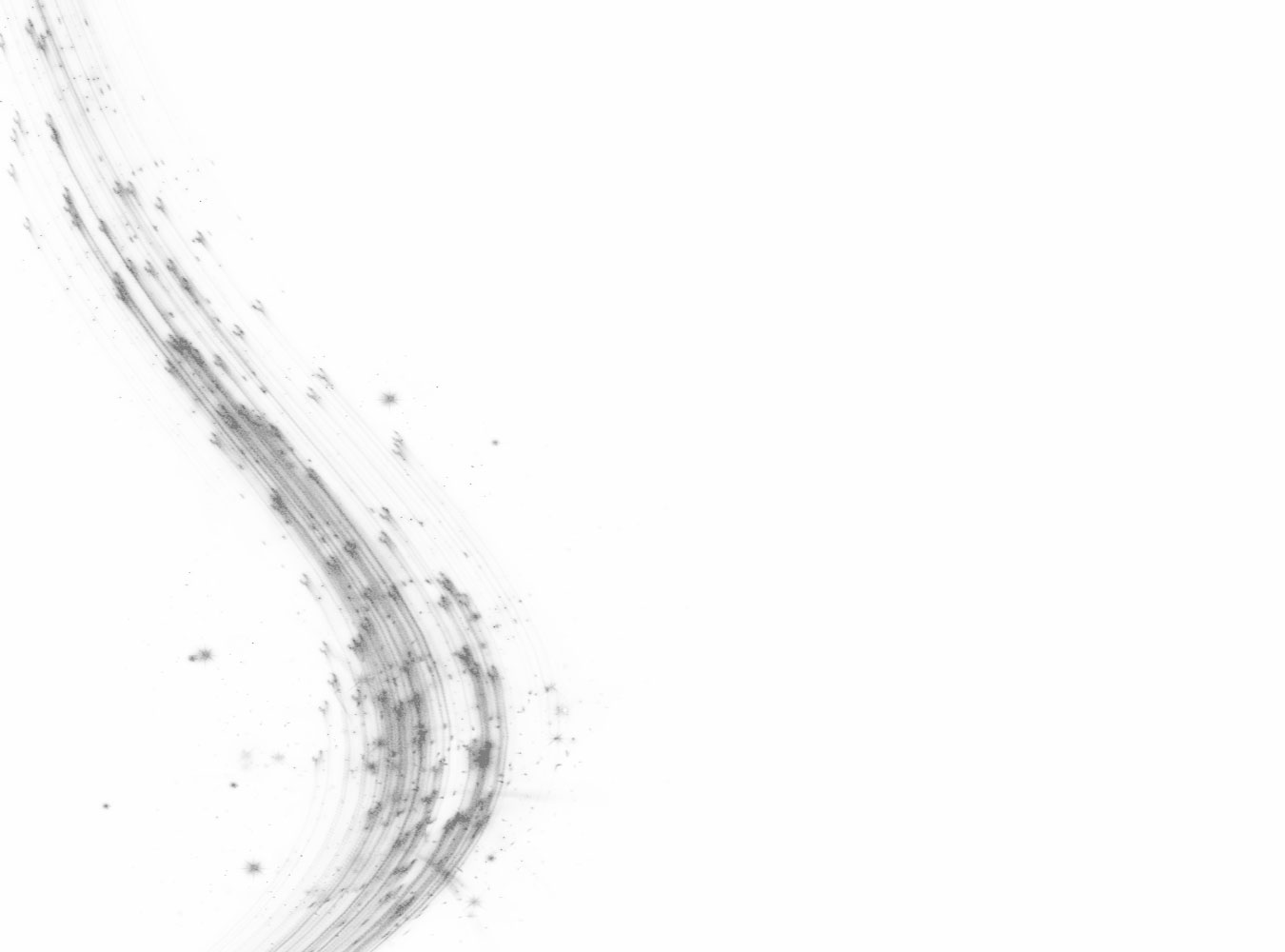Summer Schools
Within the courses our students’ public interventions are in the foreground. Our students’ final presentations take place in very different locations and involve a variety of actors: from Karlsplatz to the Prechtlsaal to the premises of the Urban Renewal Management Office on Quellenstrasse in Vienna-Favoriten to the work spaces of the architectural student union: discourses and debates about public space need open space, their formulation needs a low threshold, and they need barrier-free physical access. Thus, the places themselves are symbolic of the momentum that we want to bring to urban society using these communication strategies. Our students’ interventions include a flash mob at the Naschmarkt and a provocative staging of non-public behavior in the MuseumsQuartier. In addition to these hip places, the participants in our courses seek the lesser known, yet nevertheless typical, unique local places in the Viennese districts (Grätzel), and thus beyond the tourist mainstream: a book exchange was created in the Kepler Passage, while students transformed Morzinplatz into a short-term open-air television studio. The ORF radio broadcasting center served one group as a space for the acoustic formulation of their planning scenarios for the decentralized spatial restructuring of the media institution. The Reumannplatz was artistically and creatively transformed into a magic triangle, and Favoritenstrasse became a public living room in which students and residents organized a “night of the open living room” together. Through these varied interventions, students and teachers learn that knowledge about local places is within the people living there. This is about ethical professional approaches within participatory action research, reflecting upon their own values, and respect as a method. The goal is the exchange of attitudes and perspectives on pressing issues and normative approaches in urban research, urban design, and urban planning.


